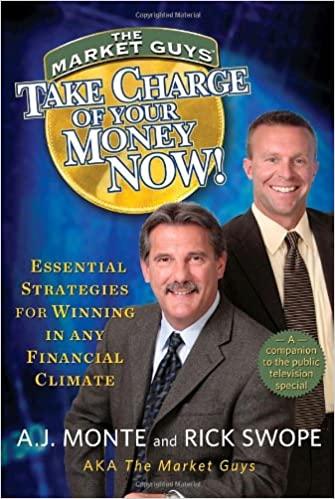 Please assist.
Please assist.
2. D Right Side Inc. will offer a coupon of 4% per annum on its much awaited 20 -year bonds. By the start of year 5 from now, these bonds would be 2 years old and would likely sell for a price of $70 per bond (face value =$100 ). Coupons would be paid annually. Assume that the YTM will remain constant over time. 3. Tried and tested Ltd. has bond issue with an after-tax YTM of 6%.5 years from now, they have 25 years left to mature and offer a coupon rate of 8% paid annually. These bonds have a face value of $1,000 each. Stephanie wants her portfolio to be distributed approximately 595 between stocks and bonds such that around 5%(3%) of her investable finds are allocated to stocks and 95%(3%) to bonds. Her investment criteria further specify that: i. For all stocks priced below $50,100 shares each of such stocks be purchased and for stocks priced above $50,50 shares each should be purchased. ii. 100 units of each acceptable bonds be purchased. Questions: 1. Compute the expected intrinsic price of each stock in year 5 . Assume that a) All stocks are fairly priced such that the intrinsic and market values are equal. b) Dividends are paid at the beginning of the year 2. How many units of each stock will Stephanie buy? Support your response with relevant computations. 3. What will be the total investment cost for shares? Show appropriate calculations. 4. Which bonds are acceptable for investment? Justify your response with suitable computations. 5. What will be the total cost of imvestment in bonds? 6. Do the stock and bond investments fall within Stephanie's investment guidelines? Show appropriate computations in support of your response. 7. Will Stephanie have enough funds for her investment in stocks and bonds, when needed? What will be the surplus / shortfall, if any? 8. Given that Stephanie's bank offers an interest rate of 6% per year, what additional amount should she have deposited as a fixed deposit in the bank so as to accumulate the amount needed for her investment in stocks and bonds when needed? 9. Suppose Stephanie deposited the $50,000 in a fixed deposit. For the shortfall, she thought of purchasing a 5 -year ordinary annuity that pays an interest rate of 3.5% per annum, what annual deposit will be required to cover the shortfall? 10. Which of the two options would you recommend for covering the shortfall (Choose between the options in questions 8 and 9 above). Support your response with suitable computation. 2. D Right Side Inc. will offer a coupon of 4% per annum on its much awaited 20 -year bonds. By the start of year 5 from now, these bonds would be 2 years old and would likely sell for a price of $70 per bond (face value =$100 ). Coupons would be paid annually. Assume that the YTM will remain constant over time. 3. Tried and tested Ltd. has bond issue with an after-tax YTM of 6%.5 years from now, they have 25 years left to mature and offer a coupon rate of 8% paid annually. These bonds have a face value of $1,000 each. Stephanie wants her portfolio to be distributed approximately 595 between stocks and bonds such that around 5%(3%) of her investable finds are allocated to stocks and 95%(3%) to bonds. Her investment criteria further specify that: i. For all stocks priced below $50,100 shares each of such stocks be purchased and for stocks priced above $50,50 shares each should be purchased. ii. 100 units of each acceptable bonds be purchased. Questions: 1. Compute the expected intrinsic price of each stock in year 5 . Assume that a) All stocks are fairly priced such that the intrinsic and market values are equal. b) Dividends are paid at the beginning of the year 2. How many units of each stock will Stephanie buy? Support your response with relevant computations. 3. What will be the total investment cost for shares? Show appropriate calculations. 4. Which bonds are acceptable for investment? Justify your response with suitable computations. 5. What will be the total cost of imvestment in bonds? 6. Do the stock and bond investments fall within Stephanie's investment guidelines? Show appropriate computations in support of your response. 7. Will Stephanie have enough funds for her investment in stocks and bonds, when needed? What will be the surplus / shortfall, if any? 8. Given that Stephanie's bank offers an interest rate of 6% per year, what additional amount should she have deposited as a fixed deposit in the bank so as to accumulate the amount needed for her investment in stocks and bonds when needed? 9. Suppose Stephanie deposited the $50,000 in a fixed deposit. For the shortfall, she thought of purchasing a 5 -year ordinary annuity that pays an interest rate of 3.5% per annum, what annual deposit will be required to cover the shortfall? 10. Which of the two options would you recommend for covering the shortfall (Choose between the options in questions 8 and 9 above). Support your response with suitable computation
 Please assist.
Please assist. 





